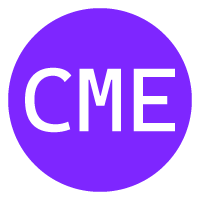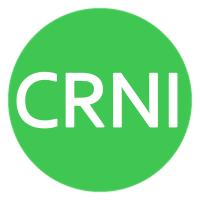Abstract Submission
PIV
(N3) General Session: Extra! Extra! Learn all about it: Treatment of Peripheral IV Extravasations
Sunday, September 21, 2025
2:00 PM - 3:00 PM ET
Location: Coastal C
Earn 1 CE Hour(s)

Hector Murillo, RN, BSN, VA-BC, CPN
Vascular Access RN
Childrens' Health System of Texas
Rockwall, Texas
Presenter(s)
Disclosure(s):
Hector Murillo, RN, BSN, VA-BC, CPN: No financial relationships to disclose
As vascular access clinicians, not only are we called upon to place PIVCs, in some care settings we are also sometimes called upon to assist in the management of complications that arise from infusions via those PIVCs. One of those complications includes infiltrations, and when the infiltrate comes as a result of a vesicant, it then becomes an extravasation. The risk of these extravasations includes the loss of limb and/or function. Therefore, prompt recognition and treatment become a priority. This session will review the specific treatment of extravasations (at our pediatric hospital) in which Hyaluronidase or Phentolamine is the treatment of choice. It will include key factors such as recognizing clinically significant changes, escalation in care, documentation, and how to treat these specific extravasations.
Learning Objectives:
- differentiate between infiltration versus extravasation
- Differentiate between infiltration versus extravasation
- return demonstrate how to inject Hyaluronidase into area of extravasation
- Review two extravasation treatment pathways for non-chemotherapeutic drugs: Hyaluronidase and Phentolamine



